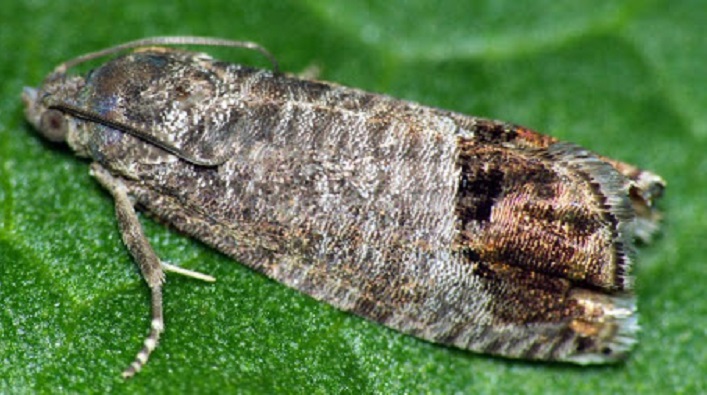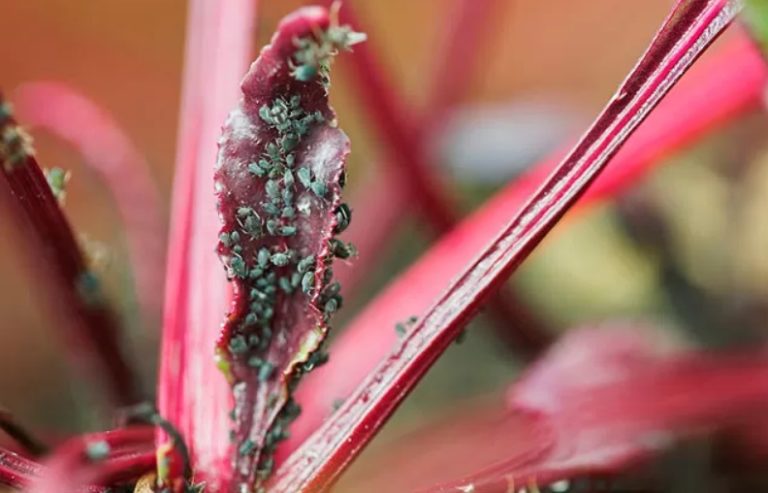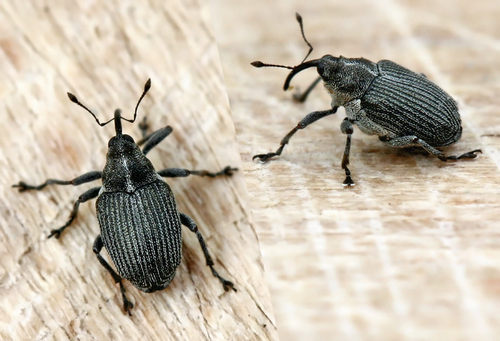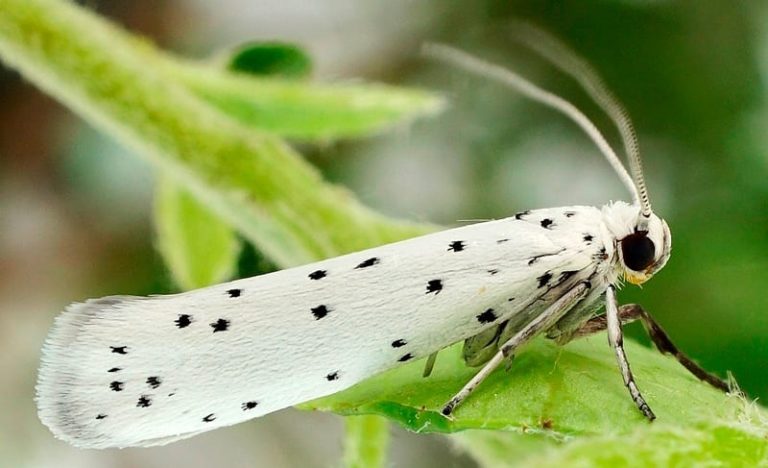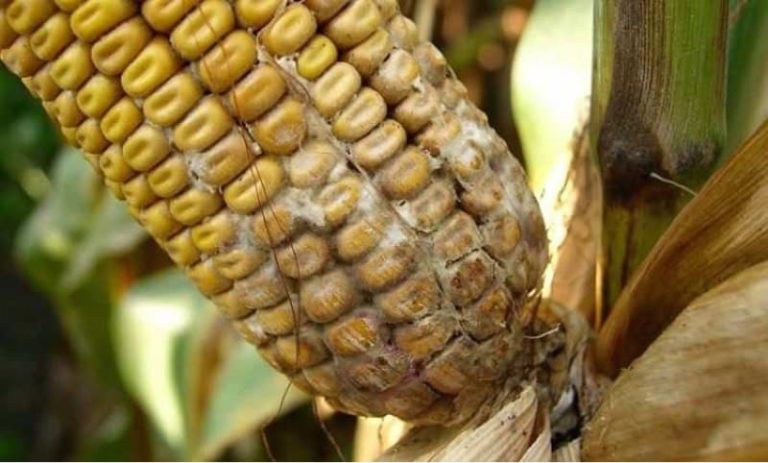Tobacco (onion) thrips – signs of appearance, methods of control
Tobacco (onion) thrips damages plants from the family of nightshades, buttercups, umbrellas, rose-floweres, lilies, tobacco, seedlings of cucumbers, cabbage, onions.
Description of tobacco (onion) thrips
Tobacco (onion) thrips on watermelons (Thrips tabaci) is also found in the literature called onion. Tobacco thrips is common in America, Asia, Africa and Australia. Tobacco thrips are sexually dimorphic. The length of females is 0.8-0.9 mm, they are light yellow, sometimes dark, males are slightly lighter. They have gray, darkened antennae at the top, as well as grayish hips and lower legs. The forewings are usually yellowish. The legs are short, there are suckers on the legs, fringed wings, often the wings are absent or shortened. The eggs are transparent, kidney-shaped, their length is only 0.3 mm. The larva is smaller and wingless, similar to an adult insect. At first whitish, over time it acquires a greenish-yellow color.
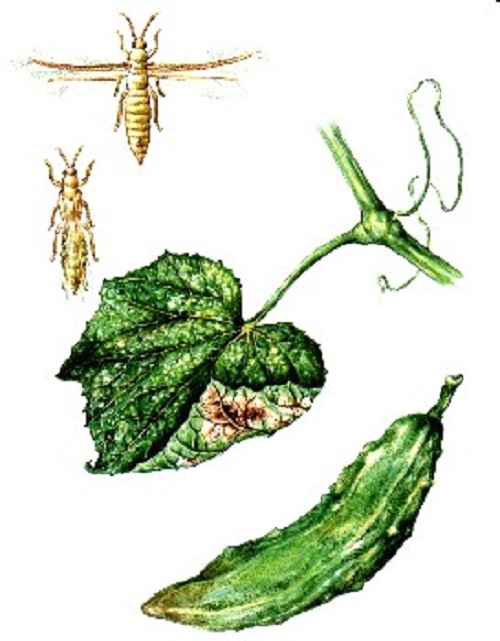
Tobacco thrips does not have a clear food specialization – it harms pumpkin and other vegetable crops. It hibernates under plant debris, if it remains in storage for the winter, then it prefers onion peel, while harming the onion itself. In greenhouses, it spreads through onions, which are grown for greens. It damages plants from the family of nightshades, buttercups, umbrellas, rose-floweres, lilies, tobacco, seedlings of cucumbers, cabbage, onions.
Overwintered adult insects switch to weeds, and then to seedlings in greenhouses, and if they settle in the open field, then to tobacco or shag. Tobacco thrips settle on the underside of the leaves, where whitish spots appear, the leaves dry out, and the plant may die. An additional harm is that tobacco thrips are carriers of the cucumber mosaic virus.
Tobacco thrips are highly fertile – the female lays up to 100 eggs, and the process is greatly extended in time, since the female lays 3-4 eggs per day. Further development is very fast. The embryonic stage lasts up to 1 week, after which the larva lives on the leaf for 8-10 days, where it feeds on the juice. After that, it burrows into the soil to a depth of 15 cm and completes its development in 4-5 days, turning into winged insects. During its development, the larva molts daily.
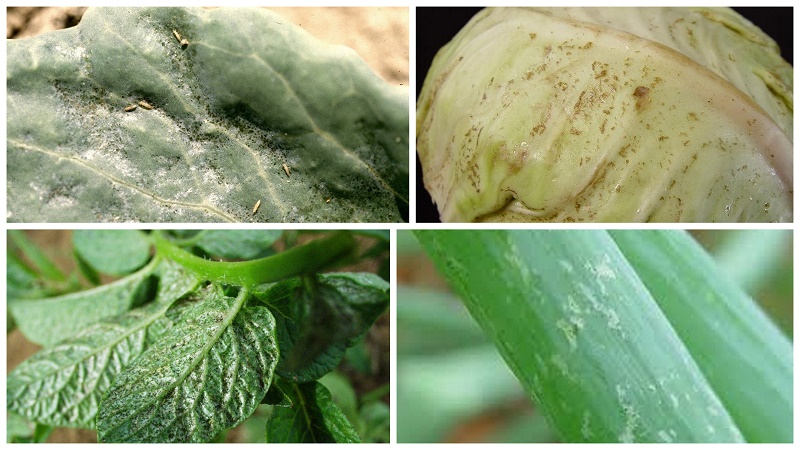
The full development of generation lasts from half a month to a month, and during the season we are talking about 6-8 generations. It is found in greenhouses at all phases of development, and en masse from late June to early August, in greenhouses from late May. Wintering begins in September. Although tobacco thrips prefer dry and hot weather, they do not tolerate temperatures above 40 degrees Celsius.
See also:ORCHIDS – ORCHID CARE
Measures to protect against tobacco (onion) thrips
Agrotechnical measures
1. It is necessary to strictly observe crop rotation, destroy plant residues after harvesting, carry out deep (25-27 cm) plowing for the finch with a plow with a skimmer.
2. Thorough destruction of weeds on which thrips multiply.
Biological protection measures
1. Spraying plants with biological pesticides.
2. In greenhouses, the use of entomopathogenic nematodes is an effective remedy. Experiments have shown that on the 6th day after its use, at a rate of 2×10.9, the effectiveness was 100%.
Chemical protection measures
1. Treatment of planting material with organophosphorus compounds, neonicotinoids and pyrethroids and other insecticides. In this case, the waiting time for harvesting should be observed. Insecticides can be applied to testes before and after flowering, however, they should not be used on onions that are grown on feathers.
2. Before laying onions, they should first be dried, and then treated with sulfur gas at the rate of 50 g of sulfur per 1m3 of the room


